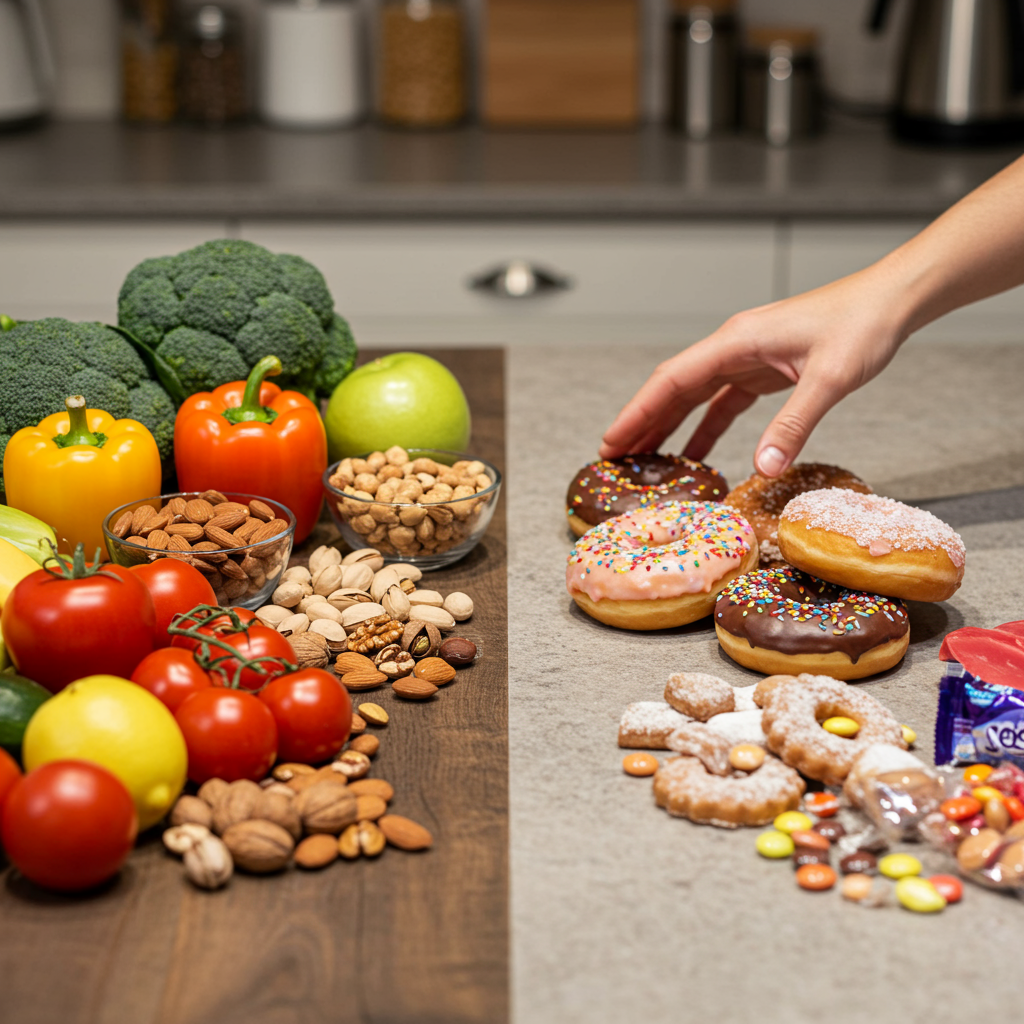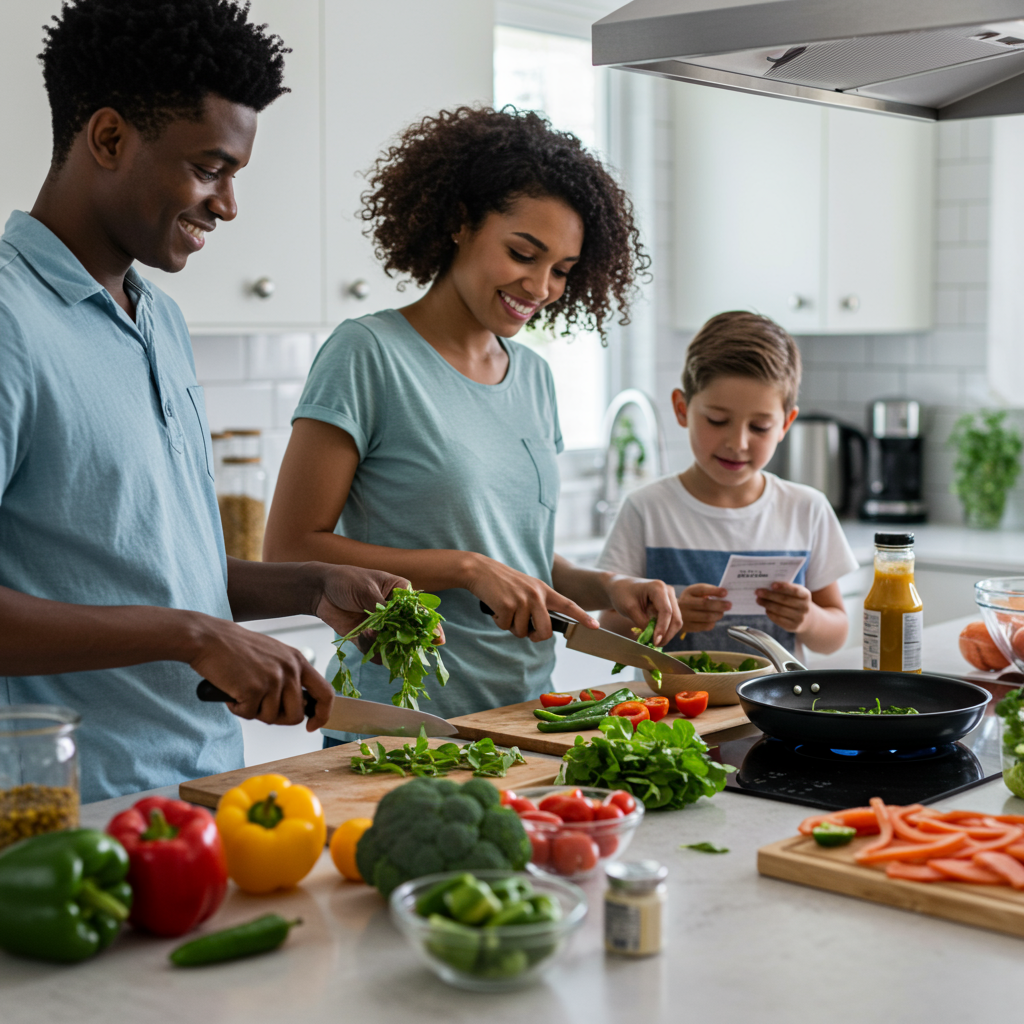Busting Through Cravings: How to Break Free from the Sugar Trap
Are you caught in an endless cycle of sugar cravings that sabotage your health goals? You're not alone. As a functional medicine practitioner, I've seen countless patients struggling with the same challenge. The good news? Sugar addiction isn't a character flaw – it's biochemistry. And once you understand the science, you can take practical steps to regain control of your health and potentially reverse type 2 diabetes or prevent it altogether.
Why Your Brain Demands Sugar: Understanding the Addiction Cycle
Sugar isn't just food – it's a powerful substance that triggers the same reward pathways in your brain as addictive drugs. When you consume sugar, your brain releases dopamine, creating a pleasure response that makes you crave more. The average American consumes about 152 pounds of sugar annually – an amount our bodies were never designed to handle.
But here's what makes sugar particularly insidious: it creates a vicious metabolic cycle. When you eat sugar or refined carbs, your blood glucose spikes, triggering insulin release. This often leads to reactive hypoglycemia (low blood sugar), which then triggers more cravings. Your body essentially becomes a biochemical sugar-seeking machine.
This cycle isn't just uncomfortable – it's dangerous. Over time, it can lead to insulin resistance, metabolic syndrome, and type 2 diabetes. Your pancreas works overtime producing insulin until eventually, it can't keep up. This is why addressing sugar cravings isn't just about willpower – it's about healing your metabolism.

Breaking the Cycle: 7 Practical Strategies That Actually Work
Let's move beyond the outdated "eat less, exercise more" advice and focus on strategies that address the root causes of sugar addiction:
-
Balance your blood sugar with protein and fat. Start your day with protein, healthy fats, and fiber – not sugary cereals or pastries. Try eggs with avocado and veggies, or a protein smoothie with nut butter and berries. This prevents the insulin spike-and-crash cycle that drives cravings.
-
Eliminate artificial sweeteners. Contrary to popular belief, these chemicals can actually increase sugar cravings by disrupting your gut microbiome and confusing your brain's reward system. Studies show they may even contribute to glucose intolerance.
-
Address nutrient deficiencies. Chromium, magnesium, zinc, and B vitamins are crucial for blood sugar regulation. When deficient, your body may crave sugar as a quick energy source. Consider testing for deficiencies and supplementing appropriately.
-
Reset your taste buds with a sugar detox. Consider a 10-day complete sugar elimination, including obvious sources (desserts, sodas) and hidden ones (sauces, breads). The first few days will be challenging, but most people report dramatically reduced cravings after just one week.

-
Support gut health. Emerging research shows that gut bacteria influence food cravings. An imbalanced microbiome can actually signal your brain to crave sugar. Incorporate fermented foods, fiber-rich vegetables, and probiotic supplements.
-
Manage stress. Chronic stress elevates cortisol, which raises blood sugar and insulin levels. Implement daily stress-reduction practices like meditation, deep breathing, or gentle movement.
-
Improve sleep quality. Just one night of poor sleep can increase cravings for sugar and carbs by disrupting hunger hormones. Aim for 7-8 hours of quality sleep in a cool, dark room.
Real Food Solutions: The Sustainable Path Forward

The ultimate solution to sugar addiction isn't found in artificial products or extreme diets but in returning to real, whole foods that naturally regulate your metabolism. Here's what this looks like in practice:
-
Embrace healthy fats. Contrary to outdated advice, healthy fats are essential for blood sugar control. Avocados, olive oil, nuts, seeds, and coconut oil provide sustained energy and reduce cravings.
-
Focus on low-glycemic foods. Non-starchy vegetables, berries, nuts, seeds, and high-quality proteins keep blood sugar stable. These foods also provide the nutrients your body needs to heal insulin resistance.
-
Use natural flavor enhancers. Cinnamon, vanilla extract, and small amounts of fruit can satisfy your sweet tooth while actually improving insulin sensitivity. Cinnamon has been shown in multiple studies to help lower blood sugar.
-
Prepare for challenging situations. Keep emergency snacks on hand for when cravings strike – a small handful of nuts, a hard-boiled egg, or cucumber slices with guacamole can prevent a sugar binge.
The journey to freedom from sugar addiction isn't about perfect adherence to rules. It's about understanding your body's signals and gradually healing your metabolism. Many of my patients who implement these strategies not only eliminate cravings but also reverse pre-diabetes and type 2 diabetes, reduce inflammation, lose weight, and gain energy.
Remember: your body has an extraordinary capacity to heal when given the right tools. By addressing the root causes of sugar cravings rather than just fighting symptoms, you can transform your health and free yourself from the sugar trap for good.
References:
DiNicolantonio, J. J., O'Keefe, J. H., & Wilson, W. L. (2018). Sugar addiction: is it real? A narrative review. British Journal of Sports Medicine, 52(14), 910-913.
Ludwig, D. S., & Ebbeling, C. B. (2018). The carbohydrate-insulin model of obesity: beyond "calories in, calories out". JAMA internal medicine, 178(8), 1098-1103.






